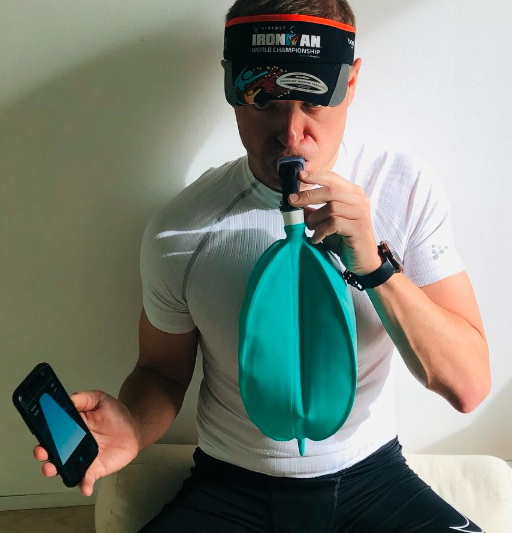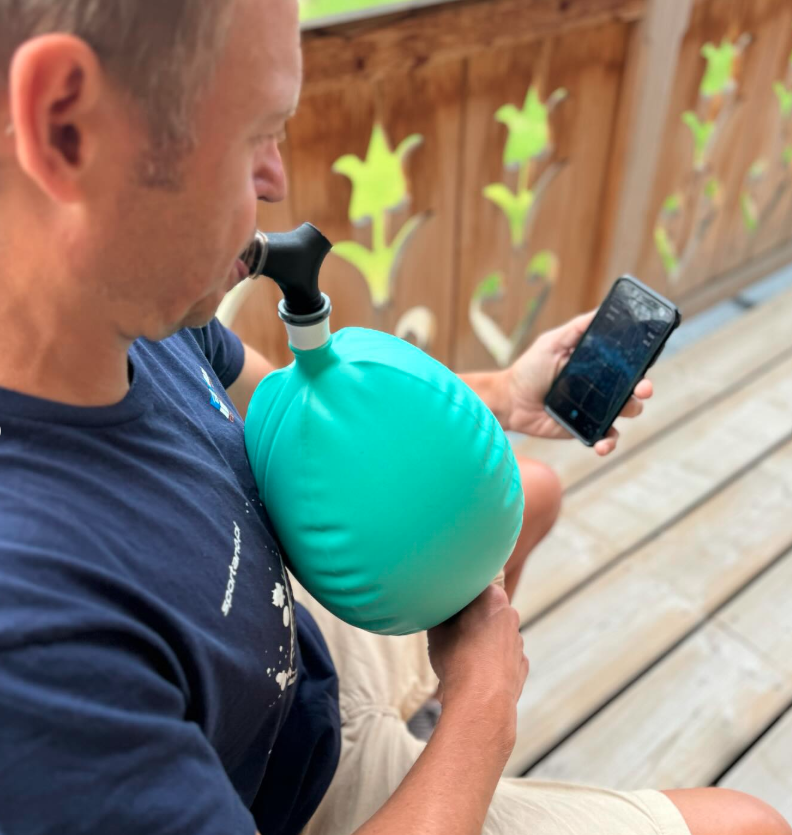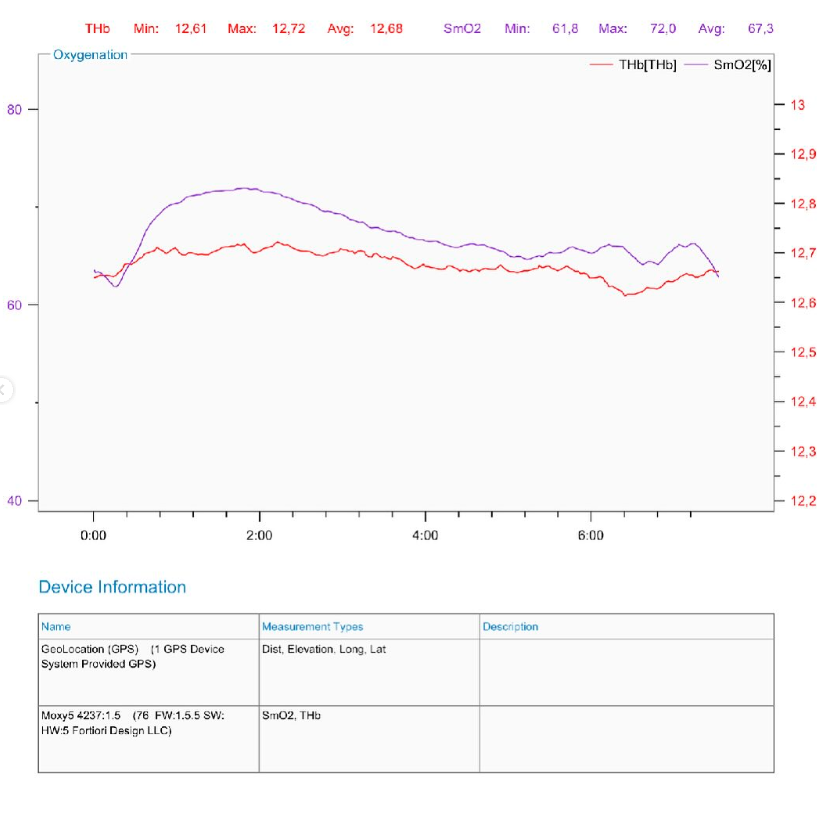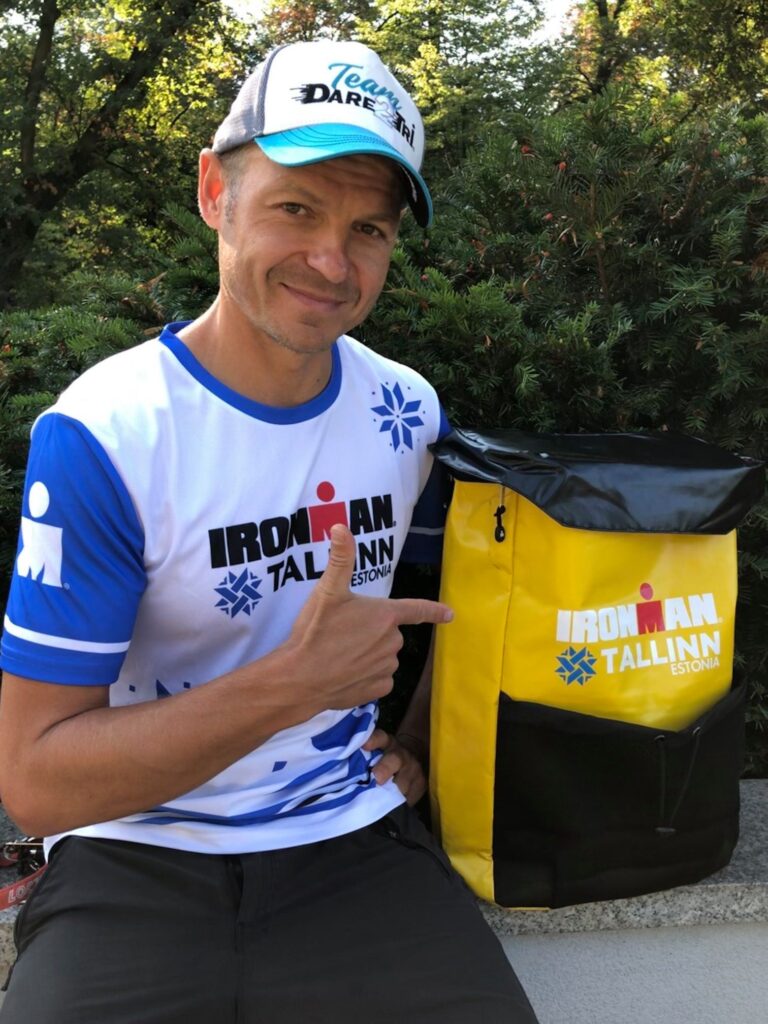Increase Muscle O₂ with Isocapnic Respiratory Muscle Training : An Independent analysis by high performance coach at SPACS Sport Physiology.
As a sports physiologist and competitive age-group triathlete, I’ve always been fascinated by human performance. But after recovering from COVID-19, my interest in the respiratory system and its impact on endurance deepened even further. I began asking myself:
- Can I actively improve my respiratory efficiency?
- If successful, could I confidently prescribe this training model to my athletes and clients?

Determined to find answers, my team and I decided to investigate this often-overlooked area of training. That’s when we connected with Isocapnic, and it completely changed our perspective. Their expertise opened our eyes to the power of respiratory muscle training (RMT)—a non-invasive, highly effective method with tangible benefits and an impressive return on investment.
We quickly realized that breathwork isn’t just about ventilation—it’s about efficiency, endurance, and maximizing human performance. This is a game-changer, and we’re excited to integrate these insights into our coaching and training models.
Unlocking the Potential of the Respiratory System

One of my personal studies focused on the effectiveness of diaphragmatic breathing exercises in increasing quadriceps oxygenation during passive sitting with straight legs. Using the Isocapnic BWB trainer and a structured session from the Isocapnic app, I conducted a step test lasting seven minutes. The protocol involved:
- Starting at a breathing frequency of 20 breaths per minute (BPM)
- Increasing by 3 BPM every 30 seconds until fatigue, but no higher than 56 BPM
The results were intriguing. After reaching a BPM of 35, I hit a ceiling where further increases in breathing frequency led to a noticeable decrease in muscle oxygenation. This suggests that simply increasing ventilation does not equate to better oxygen delivery—breath patterns matter significantly for effective respiratory function.
The key takeaway? Ventilation alone isn’t the answer; efficiency in breathing mechanics plays a crucial role in optimizing performance. With the right training, we can better harness our respiratory system’s full potential for endurance sports.
Final Thoughts

The impact of Isocapnic respiratory muscle training is undeniable. By fine-tuning our approach to breathwork, we can unlock new levels of efficiency, recovery, and endurance. If you’re not already incorporating targeted respiratory training into your routine, now is the time to start.
Do you need advice, question? Would like test your respiratory system during race intensity please reach us out @spacs_by_endutrition #EnduranceTraining #RespiratoryMuscleTraining #AthletePerformance
Learn more about how to best use the BWB here.
Author Bio:
Jacek Marciniak | Age 47

Founder & Owner | SPACS – Sport Physiology Analysers Consultancy & Sales

Sports Physiologist specializing in endurance sports

Endurance Sports Nutritionist – Certificate in Advanced Sports Nutrition, Barça Innovation Hub Universitas

USA Triathlon Academy Certificate in Muscle Physiology & Training

Triathlon Coach & Swimming Instructor

Law & Economics Graduate, University of Wrocław
Currently contributing to research at Wrocław Academy of Physical Education on: The Importance of Hypercapnic Warm-Up in the Development of Anaerobic Capacity”, under the direction of Dr. Rafał Hebisz. Amateur Triathlon Achievements

10× Ironman finisher | Kona finisher

Ironman Finland (AG Winner)

2nd place – IM 70.3 Andorra

4th place – IM Cozumel & IM Poland
As an Endurance Sport Advisor, I am operates under the principle: “Quality over Quantity” – the key to optimizing performance efficiently.



